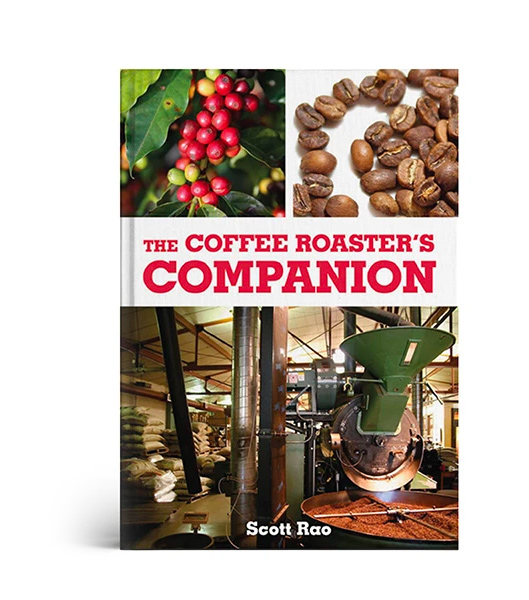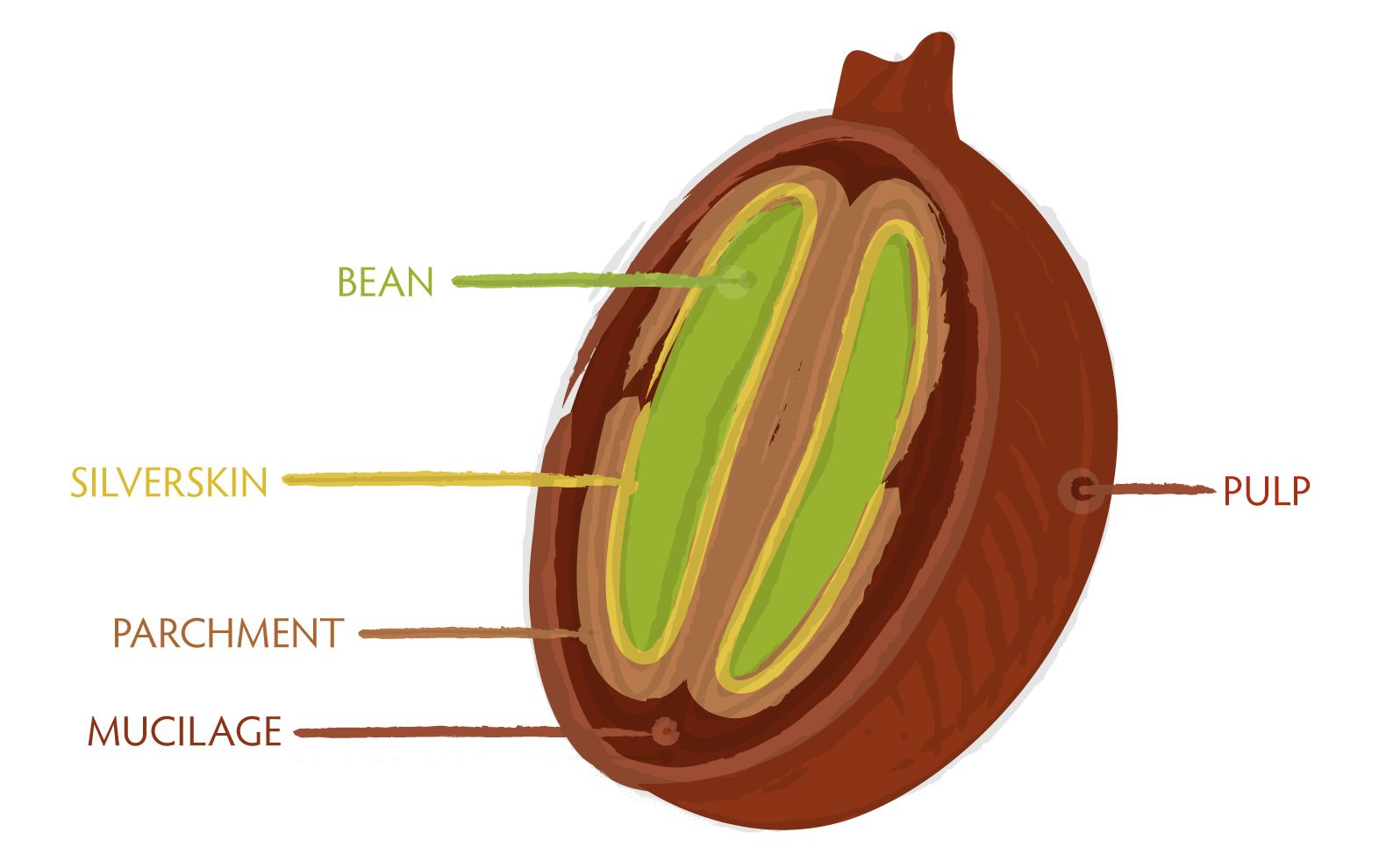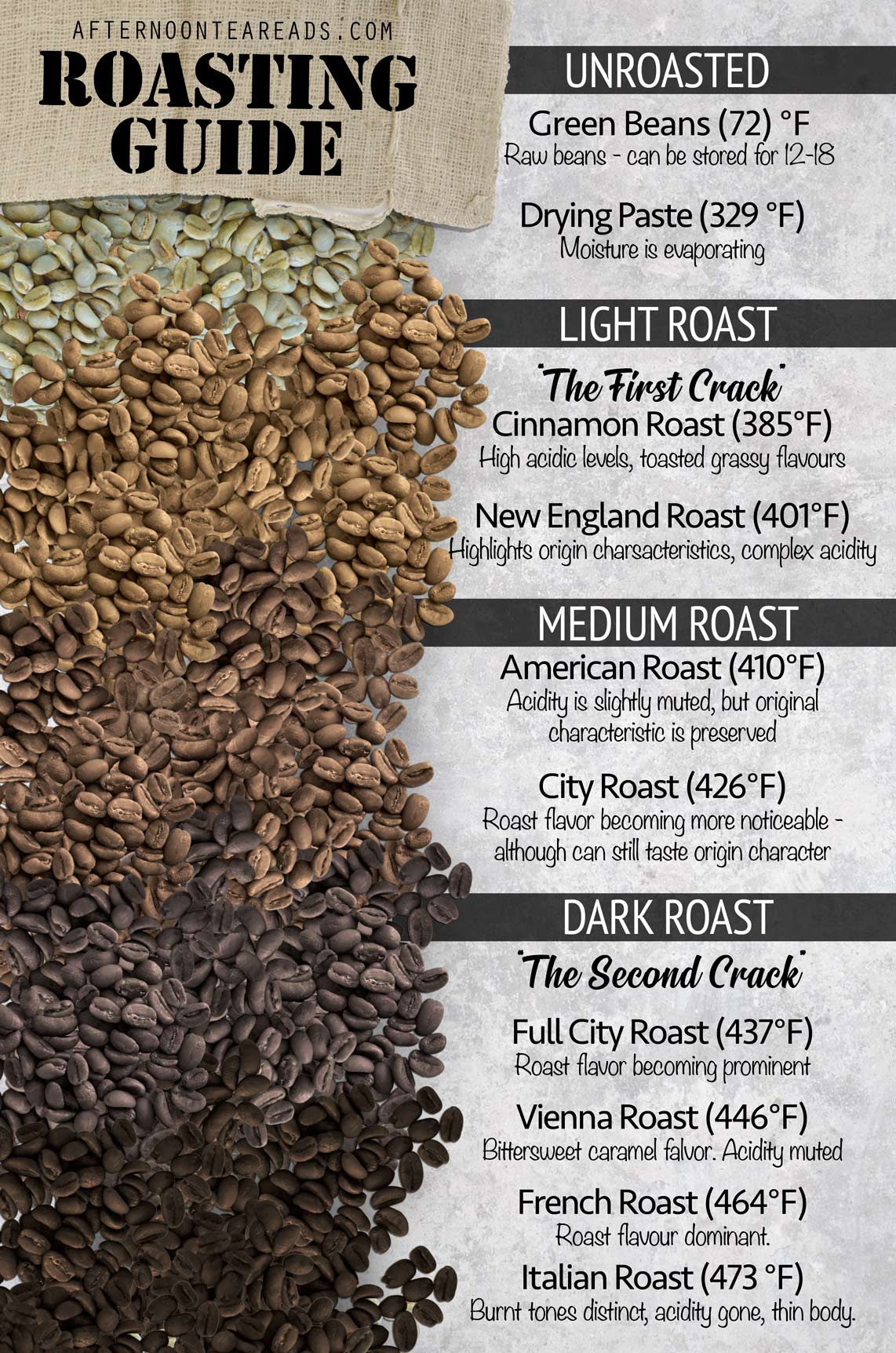The Coffee Roaster's Companion — Scott Rao
You might be questioning as to why I am taking notes from a book that's totally unrelated to personal development or product management. I haven't yet shared the details, but briefly the pet project I am working on as part of developing my PM (product management) skills is related to coffee, specialty coffee to be precise.
I have some personal experience in trying out different blends in different places, but that's mostly it. The product we're developing requires some foundational knowledge about specialty coffee: processing, types of roasting, countries of origin, etc. I decided to kick the learning process off with this well-known book.
Book rating: 7/10

Audience
As I noted earlier this book is amazing for people working in the specialty coffee roasting industry or planning to do so. Other than that it does provide valuable information about coffee storing, roasting, cupping and a lot of otherwise interesting and useful insights. If you're into coffee or specialty coffee I would definitely advise you read it.
What will you learn?
- what coffee roasting is
- which coffee roasting equipment is out there and which one you should be using for your goal
- how coffee development process looks like and what you should be aware of
- how coffee is processed
- what is coffee cupping and what tastes and aromas mean
- an awesome lot of useful coffee roasting techniques, advice and suggestions
Actionable items & Learning
Washed, natural, and pulped natural are the three primary processing methods of specialty coffee.
This is something we don't realize when buying coffee beans, but it actually is important since it does impact coffee characteristics.

- Wet / Washed: the coffee cherry is pulped to remove the skin, then the beans are washed to remove the loosened mucilage which is followed by drying of the beans in parchment (mechanically 1-2 days or in the sun 3-16 days)
- Dry / Natural: partially or completely drying the coffee cherries on the tree and then husking the cherries to remove their skins (or cherries are picked ripe and then dried before husking)
- Pulped / Natural: cherries are pulped to remove their skin and set to dry with the mucilage layer intact. This method delivers a sweeter, cleaner cup than does the traditional natural process.
Washed processing produces cleaner, more acidic, more consistent, and generally more-prized coffee than natural processing does. Washed coffees also tend to be denser and require more aggressive roasting. The dry process can take several weeks and yields coffee with less acidity, more body, and earthier flavors than washed coffee. Arid growing areas often use the natural process because it requires much less water than the washed process. Natural-processed coffees burn more easily during roasting, so one should use lower charge temperatures and gas settings when roasting those beans.
This kind of insights is exactly what I was looking to find in the book, since the product I'm working on is focused more on tasting, profiling and identifying preferences based on taste rather than roasting processes.
Roasting Guide

Each roast level has its own unique description, taste and name. Majority of contemporary specialty coffee roasters tend not to reach the second crack as it ruins the taste characteristics.
Acidity gives coffee its liveliness, delicacy, complexity and brightness.
This actually explains a lot to me. Ever since I fell in love with specialty coffee I started noticing that I tend to like acidic ones more. To be honest though that could be just my taste profile.
Generally, the altitude at which a given coffee plant grows determines its beans' potential quantity of acidity, while its overall natural environment, and humidity in particular, is responsible for the types of acids it produces.
Didn't think altitude plays that important of a role. But if you think about it, it's really similar with the wine.
A coffee-roasting machine is a specialized oven that transfers heat to coffee beans in a stream of hot gas while continually mixing the beans to ensure they roast evenly. Several types of roasters are in use today in the specialty coffee industry: classic drum roasters, indirectly heated drum roasters, fluid-bed roasters, recirculation roasters, and several others.
Each of machine types above have their own pros and cons. Double drum classic drum roaster tends to be the best option.
Cupping
This is a really interesting topic and I'm planning to dig deeper and try it out myself. Meanwhile a couple of interesting points below.
The one unbreakable rule of cupping is that all coffee samples must be treated identically; all cups should have the same grind setting, ground coffee weight, water weight, steeping time, and so on.
Even when coffee is in one's mouth, the nose does most of the sensing. The tongue is able to sense only the five tastes of bitter, sour, sweet, salty, and umami. The nose, on the other hand, can discriminate among thousands of aromatic compounds, often in concentrations as low as a few parts per billion. Each coffee has a unique aromatic signature made up of hundreds of volatile aromatics. It's this particular combination of volatiles that potentially allows a cupper to discriminate between similar coffees with a single sniff. Retronasal olfaction, not tongue-tasting, provides the majority of one's impressions while cupping.
As I said earlier my product's focused more on taste characteristics, aromas and individual preferences, so this was truly helpful — in fact we used the taste characteristics in the coffee rating (excluded the umami one though 🤷♂️).
Most roasters roast their espresso blends darker than their other coffees. That's understandable, given that the vast majority of espresso shots end up in milky drinks. Most light roasts either don't have the heft to balance several ounces of milk or they are too acidic to complement the flavor of milk. Other than potentially roasting darker, I do not think roasters should make any other adjustments when roasting for espresso.
This was really new to me. I tend to see a lot of roasters doing the same roast for both espresso and filter coffee, so definitely interesting to see where this evolves.
Insights
- Current roasting methodology and equipment allows roasters make the same roast for both espresso and filter coffee without compromising the taste — it's been long considered (and actually still is the case) that many roasters do espresso as a darker roast
- Sometimes roasters would create a brand name that would sell good — but coffee is a seasonal product, so some regions stop producing beans for some time — so the roaster would replace the beans in the same blend with the one having similar characteristics and continue selling it under the same brand name.
- Acidity gives coffee its liveliness, delicacy, complexity and brightness. No wonder I was always amazed by the acidic specialty blends.
